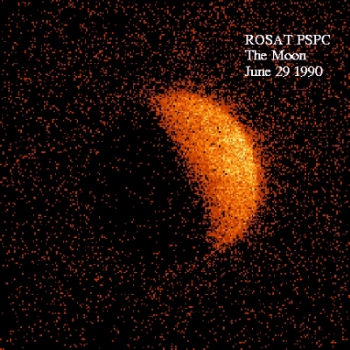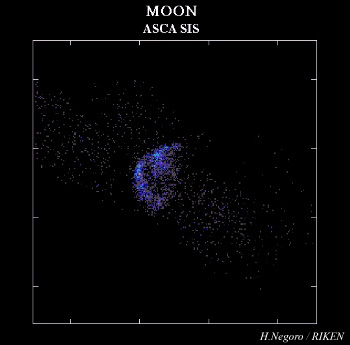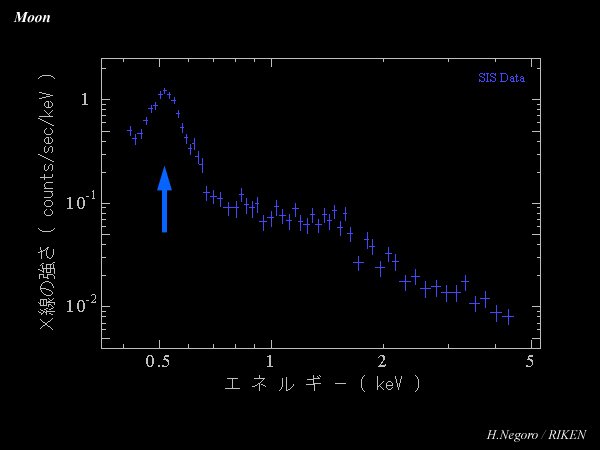 |
The Moon is the unique satellite of the Earth.
In the near side there exist high land,
where there are many craters and looks bright, and sea,
where there are few craters and looks darkly.
Some looks a rabbit in the pattern of features on the Moon,
while some sees a face in the pattern.
In the far side, on the other hand,
there is few sea areas.
The moon is such a large satellite that it is about one fourth of the Earth in radius.
The moon has various influences, such as tides, on the Earth.
月は地球の唯一の衛星で,いつも同じ面を地球に向けています. いわゆる表側(ニアサイド)には, クレーターが多く明るく見える地域(高地) とクレーターが少なく暗く見える地域(海;17%)があり, それらが,あるときはウサギに見えたり, またあるときは人の顔に見えたりします. 一方,裏側(ファーサイド)には海はほとんどありません. 衛星としては,母天体に対して不釣り合いな大きさで (地球の約1/4の大きさ), 潮汐効果など地球にもさまざまな影響を及ぼします. By courtesy of K.Tanabe (1997/10/16 in Osaka Kyoiku Univ.) |



 Go to Submenu
Go to Submenu Go to Menu
Go to Menu